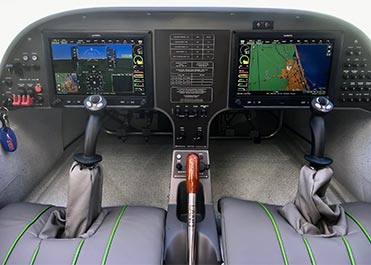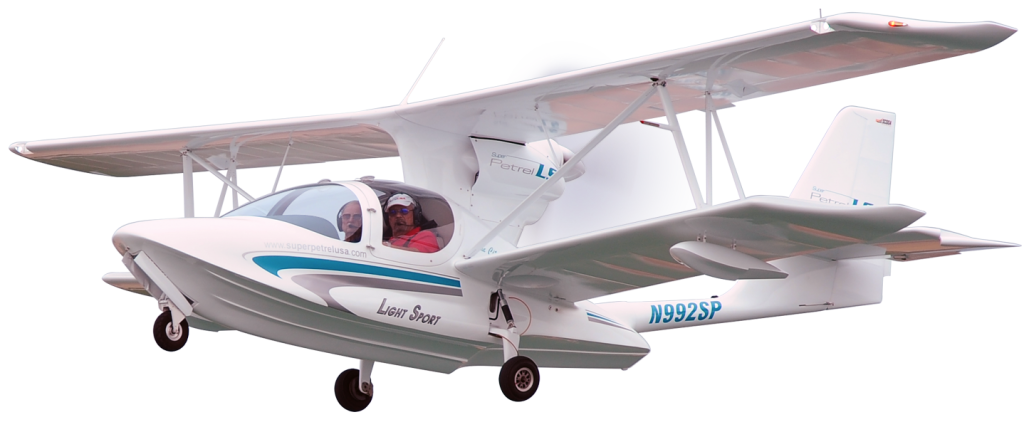What makes a Super Petrel LS so great?
Technically Advanced Aircraft (TAA)
2023 UPDATE: The Super Petrel LS is the legacy aircraft from Scoda Aeronautica, first flying in 2002. After a very successful run of over 400 aircraft, the LS is no longer in production, giving way to the new Super Petrel XP. We’ll continue to support the LS, but it’s no longer available for purchase.
GPS and Technically Advanced Aircraft (TAA) are quickly becoming the principal means of navigation for many pilots. Additionally, pilots and aircraft owners are taking advantage of modern avionics and flight automation equipment. Glass cockpits are available for a virtually every new aircraft, as well as for many legacy, Light Sport (SLSA) and experimental aircraft. GPS, positioning on a moving map, weather depiction, terrain/traffic awareness and modern autopilots have made a significant presence to the General Aviation (GA) fleet of aircraft.
COMMERCIAL PILOT TRAINING
In July of 2018, the FAA updated the requirements for the Commercial Pilot aeronautical experience to allow for Technically Advanced Aircraft (TAA). Now, instead of requiring 10 hours of flight time in a complex aircraft to obtain a Commercial Certificate, those 10 hours can be accomplished in a complex aircraft, a turbine-powered aircraft or a TAA.
The FAA definition of a TAA aircraft are as follows:
- IFR-certified GPS navigation equipment (navigator) with moving map; or
- A multi-function display (MFD) with weather, traffic or terrain graphics;
-
An integrated autopilot.
In general, TAAs are aircrafts in which the pilot interfaces with one or more computers in order to aviate, navigate, or communicate.

The Super Petrel LSA equipped with the Garmin G3X Touch meets these requirements as described by the FAA. Although not a certified GPS navigation system, the G3X Touch system incorporates a Primary Flight Display (PDF), a Multi-Function Display (MFD), a moving map, terrain graphics, traffic alerting and weather depiction. The Garmin G3X Touch autopilot system includes the option of a single or double que flight director with V-NAV. The Garmin G3X Touch autopilot is a completely integrated system.
EFFICIENT LIFT
Our biplane configuration has long narrow wings with a short chord line just like a glider, lots of low-drag lift. Wing chord depth is shallow for faster, efficient airfoils.
STRENGTH
The sponsons are attached firmly to the lower-wing, just below the N-struts where they are rock-solid. This is in sharp contrast to other amphibian designs where the sponsons are hung from the high mono-wing, with struts and sometimes guy wires to place them down near the water where they can be effective. However, these arrangements can be much less sturdy, and in some planes are a known and proven weak spot.
NO FLAPS
Because the aircraft has very low approach speed, the pilot maintains full control, without flaps or the need for a pronounced flare, to a simple landing on all types of water. Landings on water or land are nearly the same, adding to the operational ease of flying the Super Petrel LS.

VERY FLIP RESISTANT
Most all seaplanes are known for their tendency to flip over easily when landing in the water and things aren’t just right. But not in the Super Petrel LS. Its unique biplane design, along with the special design of the hull and its tricycle landing gear, places the center of buoyancy behind the center of gravity and behind the center of lift. The result is that this plane nearly refuses to flip over in those very dangerous situations for other amphibious aircraft. It’s just one more way the Super Petrel is as forgiving as it is easy to fly.
